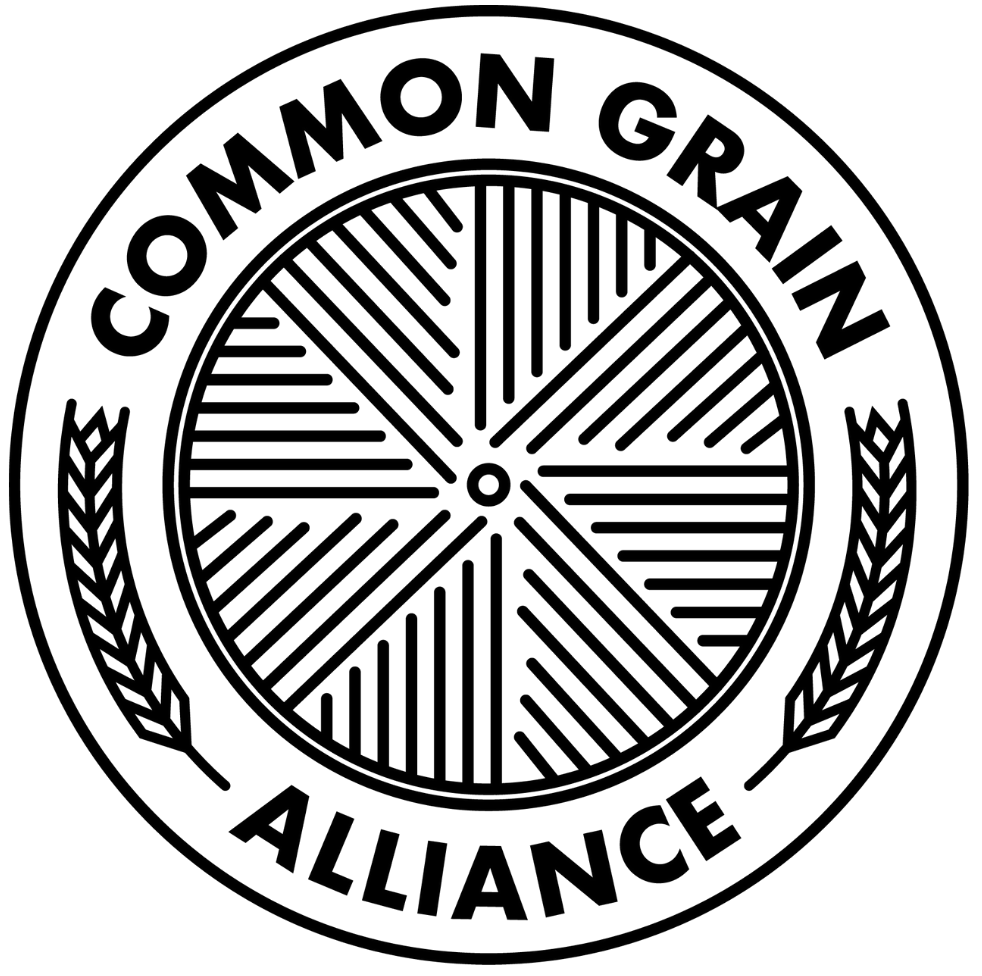Factors that Impact Germination Rates
Source: Craig Cooper on Unsplash
It is smart when planting a crop to do what you can to ensure good germination. Some factors are in your control, like seed quality, seed bed quality, seeding depth, planting date, and equipment setup. Others, like the weather, aren’t.
Start with seed quality. If you are buying seed, make sure it is certified. This means that the seed crop has been watched like a hawk for off-types and disease. In Virginia it will have less than 0.05% weed seed (0.25% for corn), and a guaranteed germination rate of at least 85% for wheat & rye or 90% for barley, corn, & oats. If you have certified seed that is older than one year, do your own germination test. Jack Lazor recommends counting out 200 seeds onto a wet paper towel. Cover the seed with another wet paper towel and keep the towels wet for 5-6 days. Count the number of non-germinated seeds (say, 40); the remainder gives you your germination rate (160/200=0.8). In this case, you can seed at a higher rate to compensate for the lower (80%) germ rate.
If you save your own seed, save the best grain you produced that year for replanting, do a germination test, and make sure you know whether the variety is in the public or private domain. You are allowed to save any seed for reuse on your farm, but you may not sell so-called “PVP”, or “Plant Variety Protected” seed without permission from the breeder.
Seed bed quality also matters. Cereals don’t like fluffy seed beds, so whether you are broadcasting by hand, using an Earthway seeder, or a grain drill, make sure the seed bed is fitted and firm. Most small grains want to be planted at 1-2” depth. If you’re planting a tall variety, you generally have more leeway in planting depth, since coleoptile (initial shoot) length is correlated to plant height; dwarfed modern varieties should be shallower.
Growers have some control over planting date, but the weather may mean you have to take what you get. Most grain crops are not irrigated, so timing seeding to proceed rain (but not a deluge), helps immensely. In cover cropped systems in the Mid-Atlantic, corn should be planted in mid-May, wheat between October and early December. The trick with wheat is that tillers that develop in the fall yield better than spring-developed tillers, so earlier planting dates will give plants plenty of time to tiller.
I’m not going to say much about setting up your equipment so that it is calibrated for your seeding rate, seeds at the appropriate depth, and drops seeds consistently. This is a technical topic best addressed with your specific tool. Ask your neighbor, or watch one of the many videos on the topic. At the end of the day, though, just try something and then make adjustments. There’s no substitute for experience. Happy seeding!
This material is based upon work that is supported by the National Institute of Food and Agriculture, U.S. Department of Agriculture, under award number 2019-38640-29878 through the Southern Sustainable Agriculture Research and Education program under subaward number LS20-327. USDA is an equal opportunity employer and service provider. Any opinions, findings, conclusions, or recommendations expressed in this publication are those of the author(s) and do not necessarily reflect the view of the U.S. Department of Agriculture.



